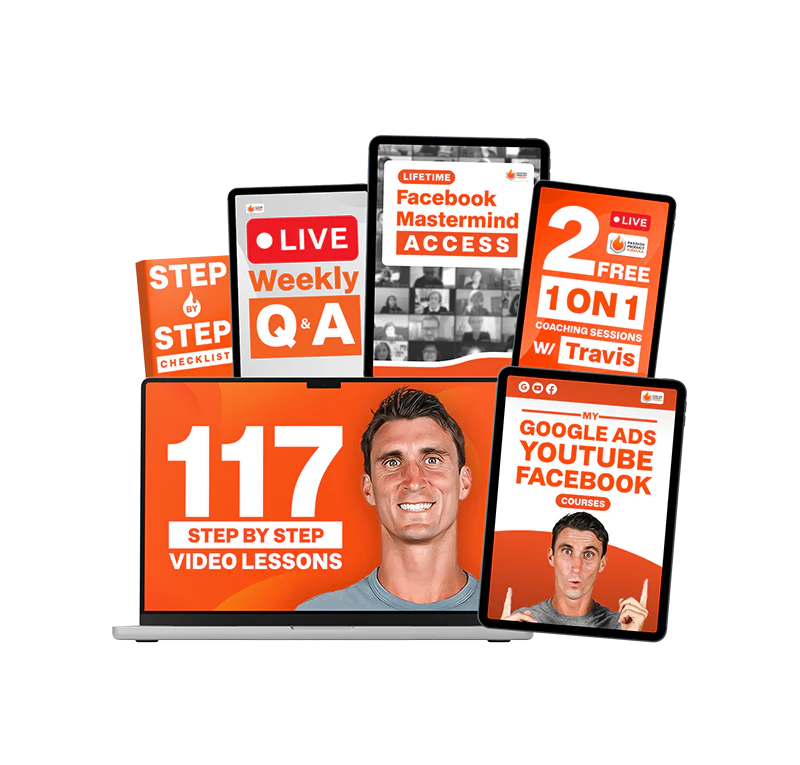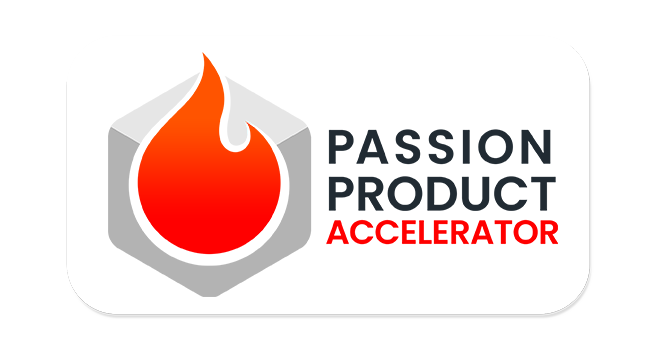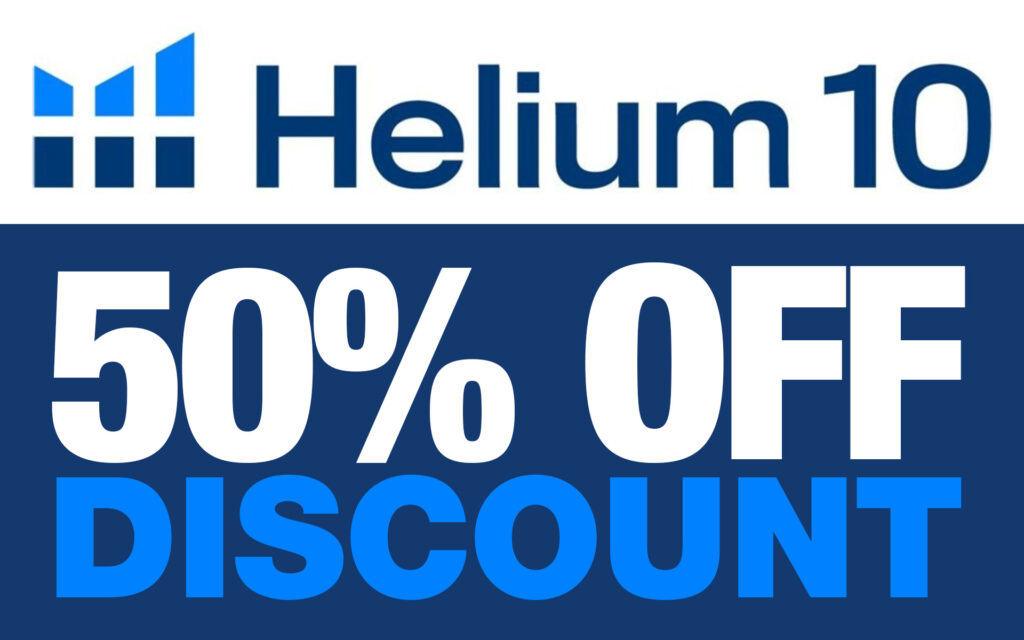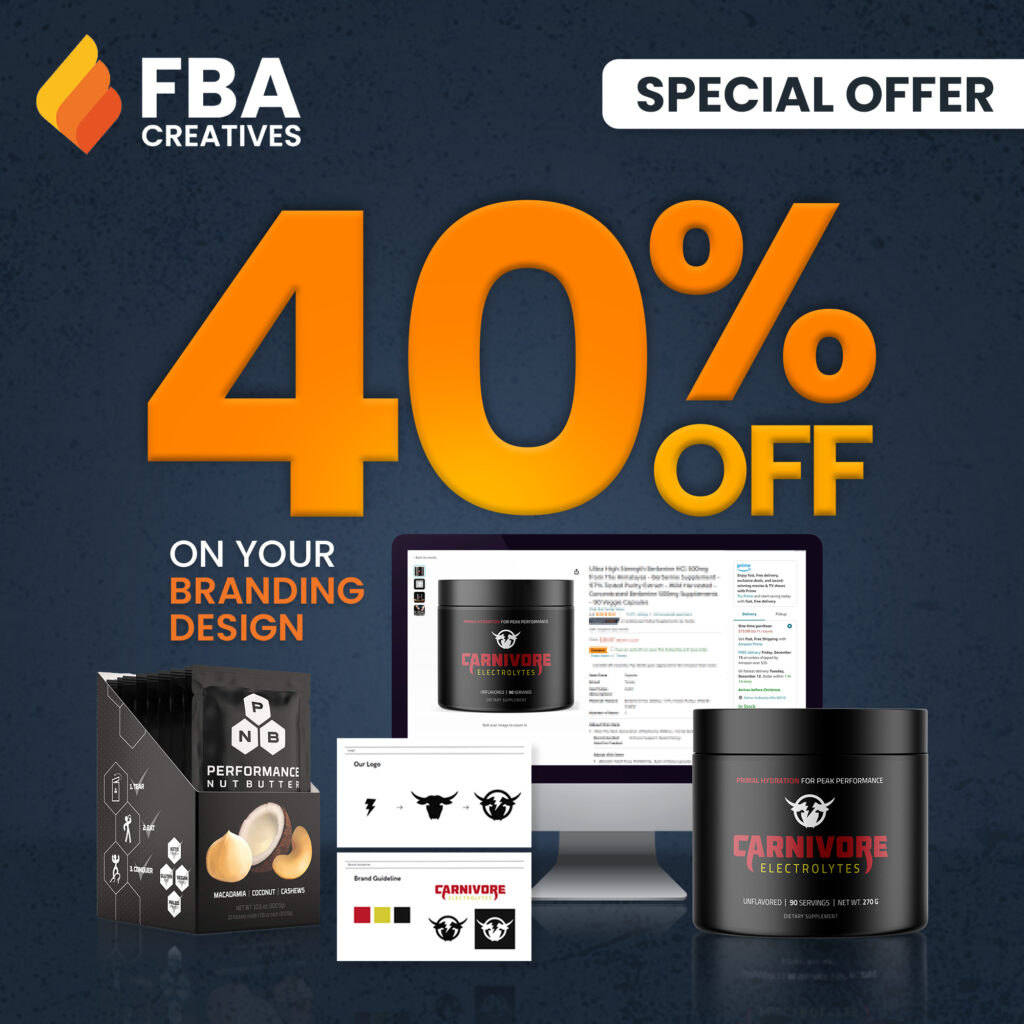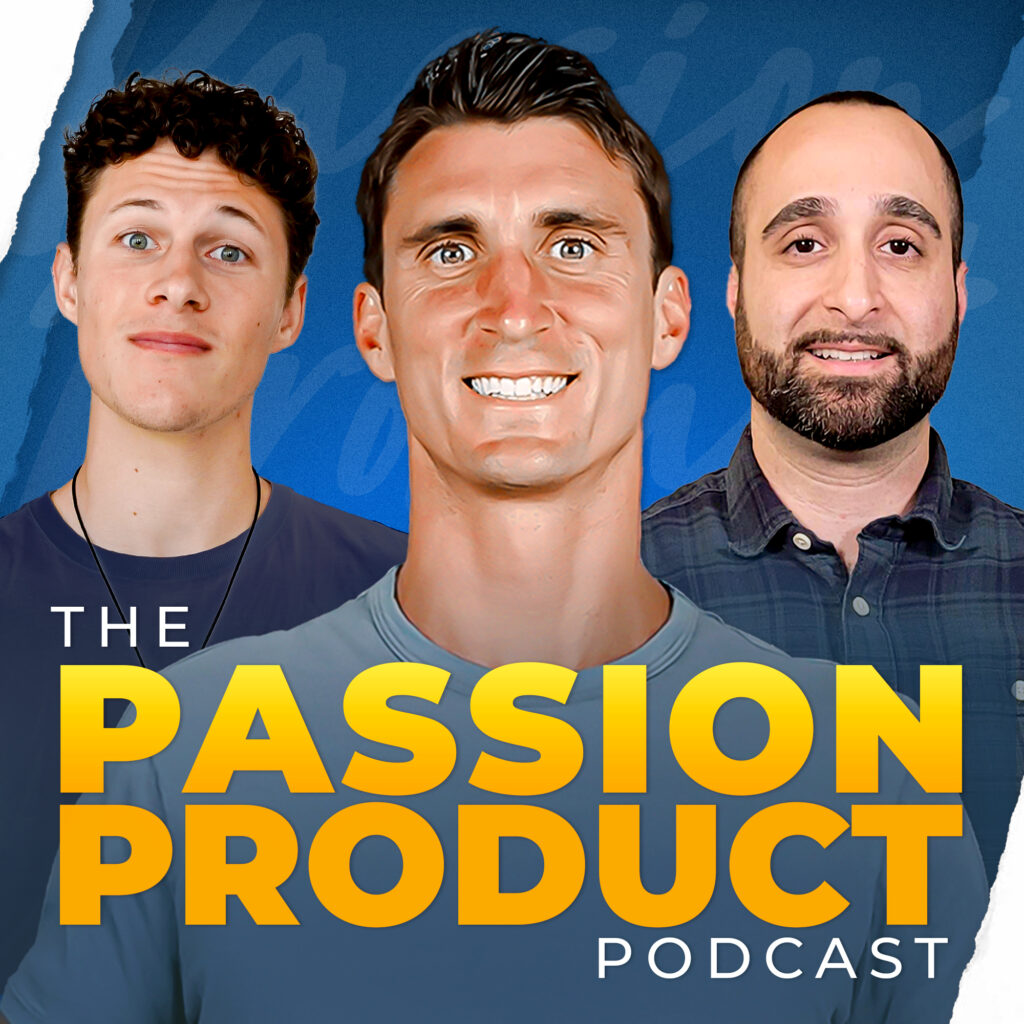Turning a dream into a successful Amazon FBA business in 2025 isn’t easy, but it’s possible—and I’m living proof of that. As a former law student who ventured into e-commerce, I transformed an idea into a $230,000 success story in just six months.
This post will detail the step-by-step journey I took, from initial research to product launch, including the mistakes that cost me over $400,000. By the end, you’ll understand why the Passion Product Formula can be a game-changer for anyone interested in creating a successful Amazon FBA business.
- First Step to Sell on Amazon: Product Research
- Product Design and Branding: Optimizing for Amazon
- Legal Structure and Business Setup
- Finding the Right Manufacturer for your product
- Setting Up an Amazon Seller Account
- amazon Launch: Shipping, Listing Optimization, and Early Sales
- Managing Costs and Overcoming the First-Month Loss
- How amazon PPC Transformed the Business
- Common amazon Challenges and How to Overcome Them
- What Makes the Passion Product Formula Unique
- Lessons Learned: How to Achieve Long-Term Success
- FAQs
First Step to Sell on Amazon: Product Research
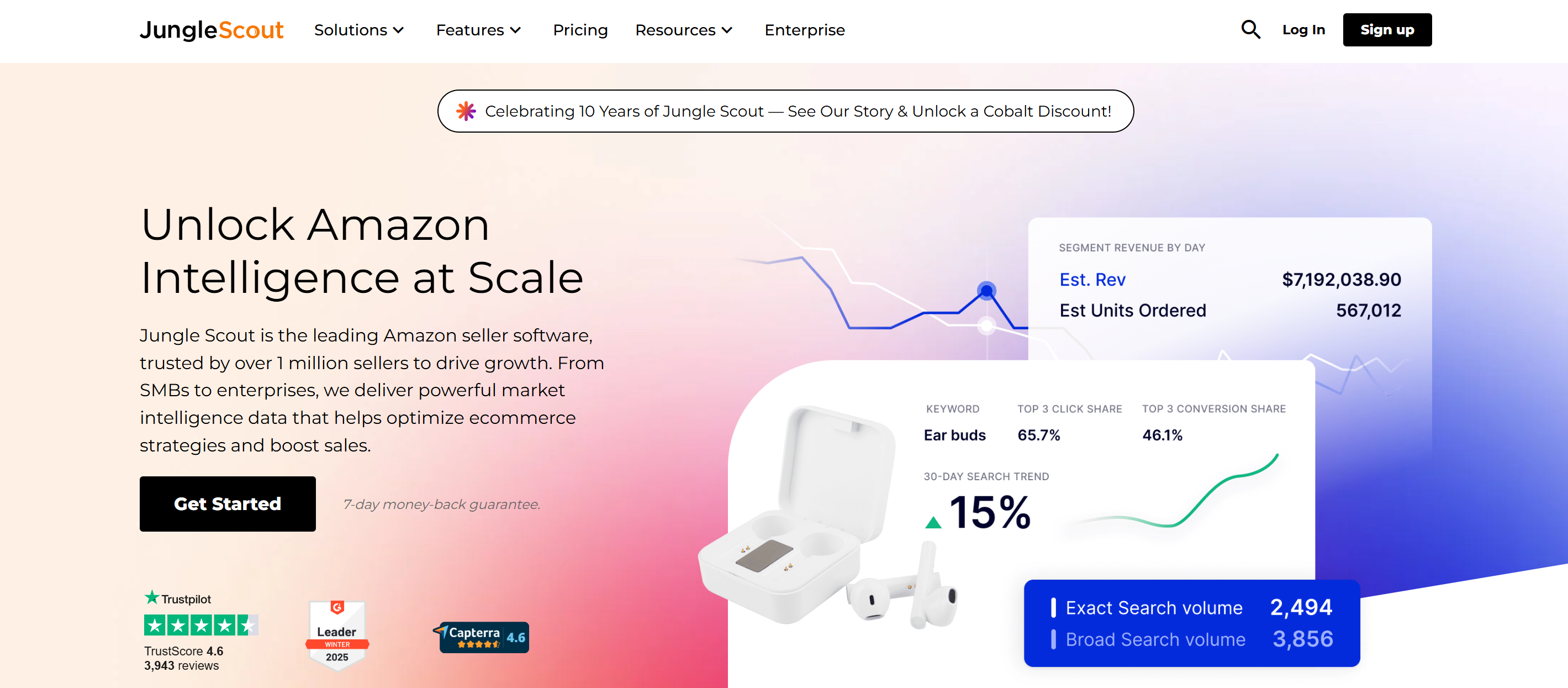
Every successful Amazon FBA business starts with proper market research. I invested over $2,000 in Jungle Scout, a powerful product research tool, and it was worth every penny. Jungle Scout helped me identify a product with high demand and manageable competition—the ideal combination for a profitable launch.
However, you don’t necessarily have to spend this much. There are affordable or even free tools available to help you research products. Options like Helium 10, Viral Launch, and Amazon’s own marketplace trends can give you a great starting point.
Why Product Research is Non-Negotiable in 2025
Skipping or rushing through market research is one of the biggest mistakes new sellers make. Understanding what consumers want allows you to pick a product that will not only sell but also offer long-term growth potential. It also helps you avoid oversaturated markets, where competing becomes a financial drain.
When you conduct thorough research, you uncover crucial data on pricing trends, seasonality, competitor strategies, and customer reviews. This information provides insights into what makes a product succeed and what gaps you can fill to stand out. Neglecting research can result in launching a product with limited demand, leading to inventory stagnation and financial losses.
Product Design and Branding: Optimizing for Amazon
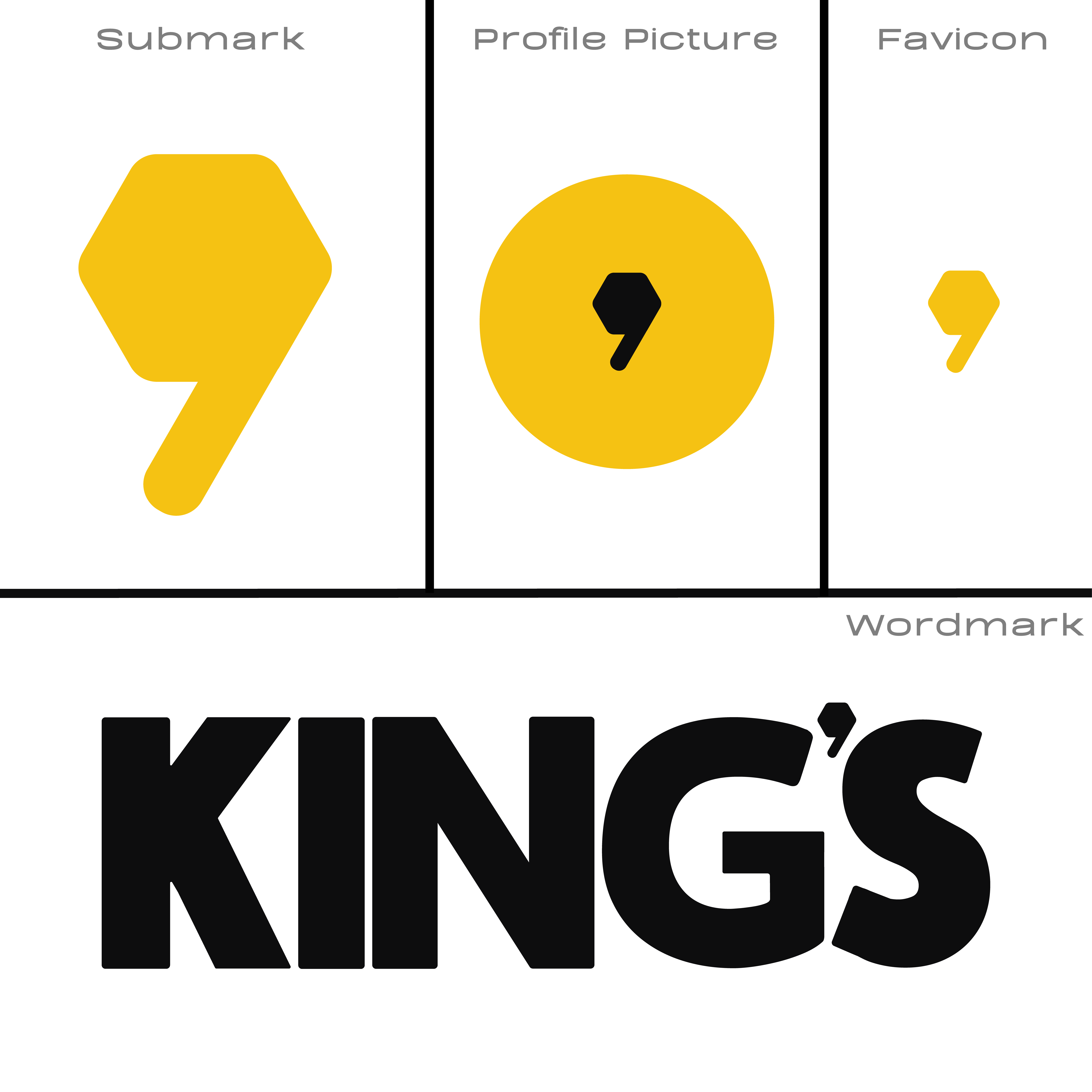
Once I identified my product, the next step was to focus on creating a standout brand. I spent around $2,000 on logo and packaging design. Sherff Studio helped bring my vision to life by creating packaging that told a story and connected with customers. This process took about two weeks to a month, as we made multiple revisions to ensure it was perfect.
Tips for Creating a High-Converting Product Design
Your design must do more than look good—it should evoke trust and communicate the product’s value. Incorporating high-quality visuals, thoughtful typography, and compelling product descriptions can significantly improve your conversion rates. Take inspiration from top brands on Amazon and consider investing in A+ Content, which allows for enhanced product descriptions and images.

If you’re unsure where to start, consider working with experts who specialize in e-commerce branding. Platforms like FBA Creatives offer tailored design services specifically for Amazon FBA sellers. From creating captivating product images to designing optimized packaging, their team ensures your brand stands out in a crowded marketplace. Investing in professional design services can drastically boost your listing’s performance and increase customer trust.
When creating your packaging, think about the unboxing experience. Consumers are more likely to leave positive reviews and share their purchases on social media when the packaging is memorable. Minimalistic designs with clean typography often perform well, but the key is to ensure the design reflects your product’s unique selling points.
Your design must do more than look good—it should evoke trust and communicate the product’s value. Incorporating high-quality visuals, thoughtful typography, and compelling product descriptions can significantly improve your conversion rates. Take inspiration from top brands on Amazon and consider investing in A+ Content, which allows for enhanced product descriptions and images.
When creating your packaging, think about the unboxing experience. Consumers are more likely to leave positive reviews and share their purchases on social media when the packaging is memorable. Minimalistic designs with clean typography often perform well, but the key is to ensure the design reflects your product’s unique selling points.
Legal Structure and Business Setup

Setting up the right legal structure was critical to protecting my business. I chose to create an S-corporation, which cost me about $600 initially, plus another $1,500 for legal assistance. This may seem like a lot, but having the right structure protected my personal assets and provided tax advantages.
Protecting Your Business and Personal Assets
Choosing a legal entity like an LLC or S-corp creates a “corporate veil” that separates your personal finances from business liabilities. If you’re on a budget, services like LegalZoom offer affordable alternatives. It’s worth the investment to ensure you’re protected as your business grows.
Moreover, having a formal business structure enhances credibility with suppliers and financial institutions. It also simplifies tax reporting and allows for potential tax deductions on business expenses such as marketing, travel, and office supplies. Don’t underestimate the peace of mind that comes with knowing your personal assets are secure.
Finding the Right Manufacturer for your product

My next challenge was finding a reliable manufacturer to produce my product. Luckily, my business partner had experience in the industry, and we secured a manufacturer who could provide high-quality samples. I approved the samples and spent $8,600 on the first production run, including shipping.
If you don’t have industry connections, platforms like Alibaba, ThomasNet, or even Google searches can help you find trustworthy suppliers. Always request samples before committing to a large order—this can save you from expensive mistakes.
Sample Approval: Key to Ensuring Product Quality
Approving samples isn’t just a formality; it’s a critical step in ensuring your final product meets quality standards. Check for defects, confirm packaging durability, and test the product’s functionality. Neglecting this step could result in poor customer reviews and costly returns.
Additionally, communicate frequently with your manufacturer to ensure they understand your expectations. Establish clear guidelines for production timelines, material quality, and packaging standards. Building a strong relationship with your supplier can lead to better pricing, faster turnaround times, and consistent product quality.
Setting Up an Amazon Seller Account
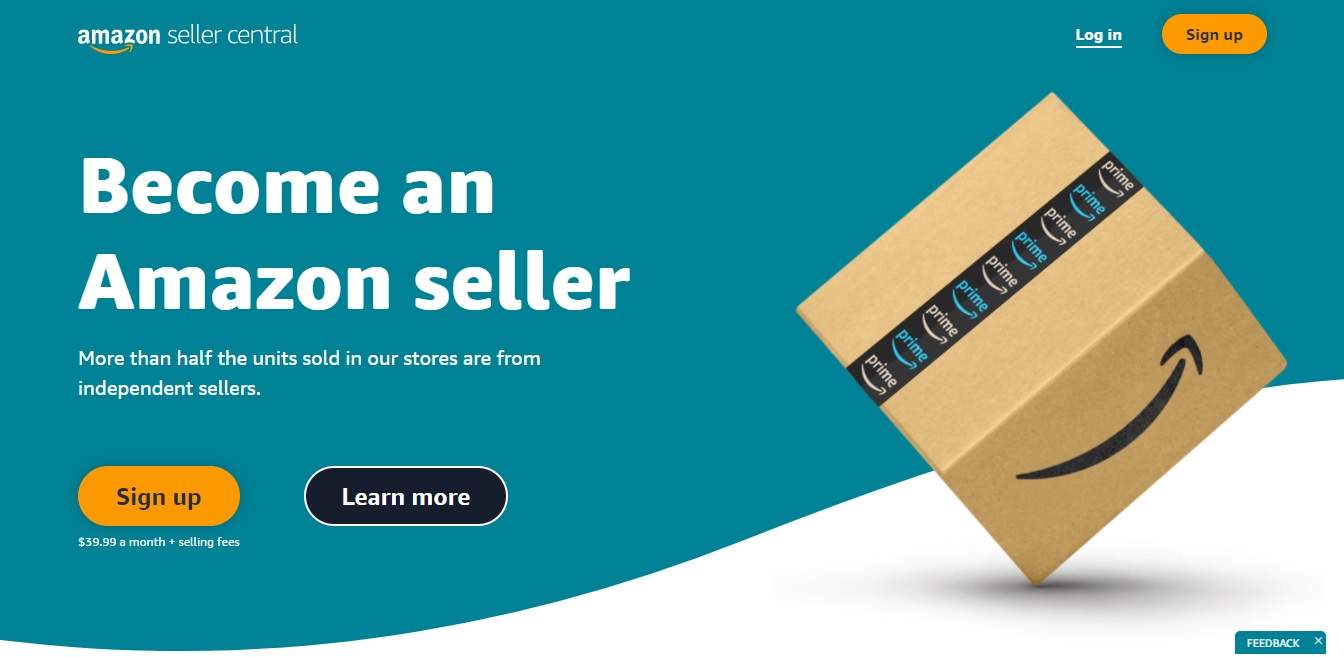
To sell on Amazon FBA, I set up a Seller Central account for $39.99/month. This platform is essential for managing product listings, tracking sales, and accessing key performance data. Additionally, I secured UPC codes for product identification through GS1.org, which ensured compliance with Amazon’s listing requirements.
If you’re just starting, take the time to familiarize yourself with Amazon’s tools and policies. This will help you avoid listing errors or account suspensions.
amazon Launch: Shipping, Listing Optimization, and Early Sales
Shipping played a vital role in my initial success. Fortunately, my manufacturer was based in the U.S., which saved me time and money. For those sourcing internationally, you’ll need to decide between air (faster but more expensive) and sea shipping (slower but cheaper).
I invested in professional product photography and hired Sherff Studio to optimize my product listing. This step was critical in attracting buyers and driving early sales.
The Importance of Quality amazon Listings
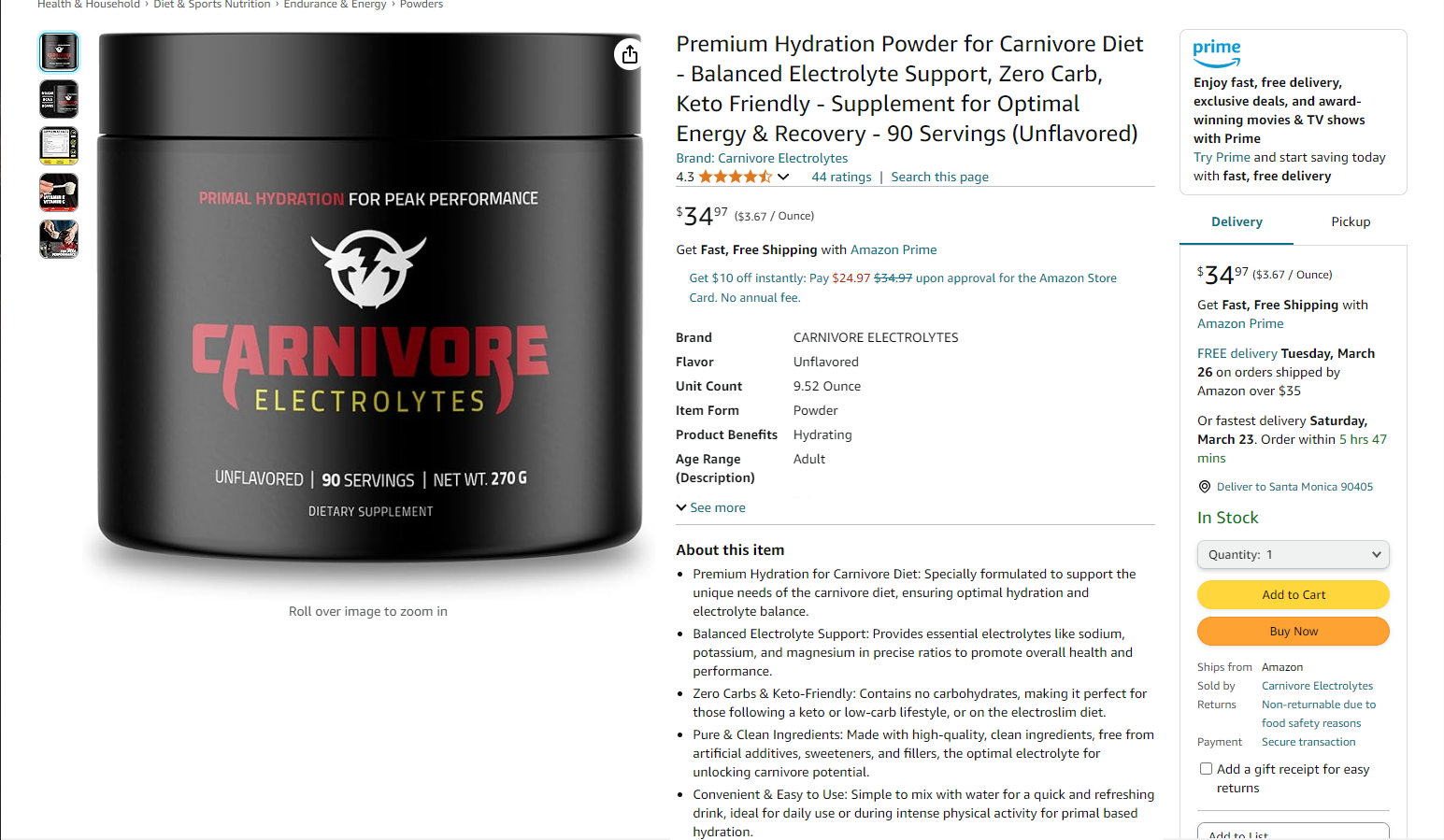
Your product listing is the digital equivalent of a storefront. Investing in high-quality images, engaging descriptions, and strategic keywords will improve your listing’s visibility and conversion rate. Don’t underestimate the power of A+ Content and video demonstrations.
Use Amazon’s keyword tools to identify relevant search terms and integrate them naturally into your listing. Consider hiring copywriters who specialize in Amazon listings to craft persuasive descriptions that highlight your product’s benefits and unique features.
If you need help creating compelling visuals and descriptions, FBA Creatives can be a game-changer. Their team of experts focuses on delivering high-converting images, infographics, and optimized product descriptions tailored to Amazon’s platform. With their assistance, you can ensure your listing stands out, attracts more clicks, and converts visitors into customers.
Your product listing is the digital equivalent of a storefront. Investing in high-quality images, engaging descriptions, and strategic keywords will improve your listing’s visibility and conversion rate. Don’t underestimate the power of A+ Content and video demonstrations.
Use Amazon’s keyword tools to identify relevant search terms and integrate them naturally into your listing. Consider hiring copywriters who specialize in Amazon listings to craft persuasive descriptions that highlight your product’s benefits and unique features.
Managing Costs and Overcoming the First-Month Loss
In the first month, I made over $10,000 in revenue but ended up with a $4,000 loss. This was due to production costs, Amazon fees, and pay-per-click (PPC) advertising expenses. However, I knew this was part of the process and remained optimistic.
Amazon charges a 15% referral fee, plus pick-and-pack fees for Fulfillment by Amazon (FBA). Understanding these costs early on helped me refine my pricing strategy.
Breaking Down the Expenses
Here’s a closer look at the major expenses I incurred:
- Production costs: The cost of manufacturing the product, including packaging and quality assurance.
- Amazon referral fees: A percentage of the sale price paid to Amazon for bringing in customers.
- FBA fees: Costs associated with storage, packing, and shipping through Amazon’s fulfillment network.
- PPC advertising: Costs to promote my product and drive traffic to my listing.
Understanding these expenses allowed me to adjust my strategy and cut unnecessary costs while investing in areas that provided higher returns.
Scaling Up: Month-by-Month Revenue Growth
By the second month, I had refined my strategy, leading to $12,000 in revenue. Month 3 saw $21,000, and by month 6, I had generated over $77,000. This steady growth was fueled by optimizing my product listings, improving customer reviews, and strategically managing PPC campaigns.
Scaling isn’t just about increasing production—it’s about creating systems that allow you to handle more orders without sacrificing quality. I invested in software tools to automate inventory management and track key performance indicators. Building relationships with repeat customers through follow-up emails and discounts also helped boost sales.
How amazon PPC Transformed the Business
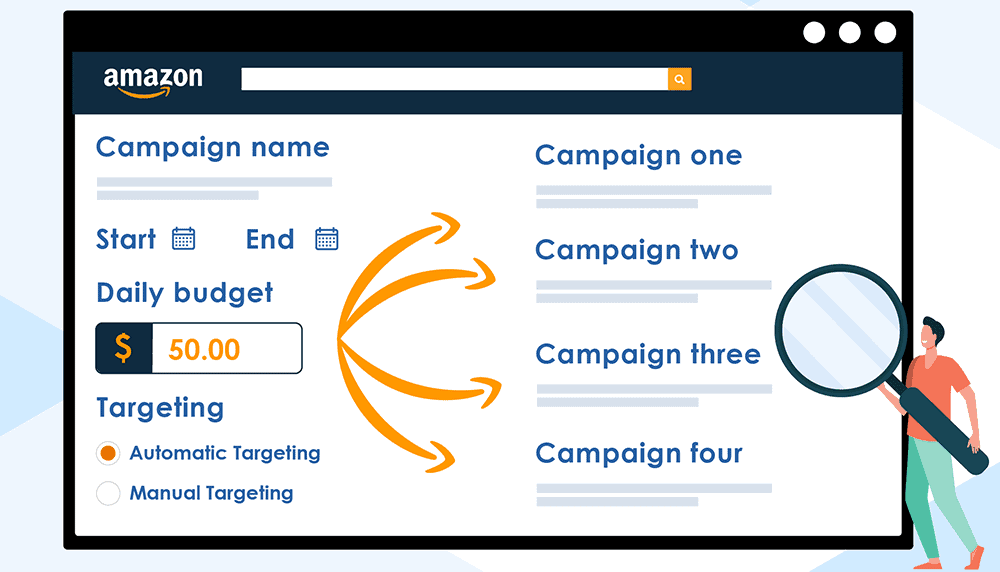
PPC advertising on Amazon played a significant role in driving traffic and sales. I initially spent over $7,000 per month on PPC, but with the help of Jungle Click, I optimized my campaigns to achieve a higher return on ad spend (ROAS).
By analyzing keywords and bidding strategies, I was able to reduce costs while maintaining high visibility. PPC is essential for building brand awareness and driving conversions, especially for new sellers.
Key Metrics to Monitor
When running PPC campaigns, it’s important to monitor the following metrics:
- ACoS (Advertising Cost of Sale): The percentage of sales spent on advertising.
- CTR (Click-Through Rate): The ratio of clicks to impressions.
- ROAS (Return on Ad Spend): How much revenue you generate for each dollar spent on ads.
Regularly analyzing these metrics allowed me to make data-driven decisions and optimize my campaigns for maximum profitability.
Common amazon Challenges and How to Overcome Them
Running an Amazon business comes with its fair share of challenges. I faced issues like cash flow constraints, inventory shortages, and fluctuating profit margins. However, by staying data-driven and proactive, I was able to overcome these obstacles.
Managing Cash Flow Effectively

To avoid cash flow issues, I created a financial buffer by setting aside a portion of my revenue for reinvestment. I also negotiated payment terms with suppliers to reduce upfront costs and ensure steady production.
Inventory management was another critical area. I used forecasting tools to predict demand and prevent stockouts, which could hurt my rankings and customer satisfaction.
Mistake 1: Neglecting Good Content
Investing in professional product photos and videos from the start would have improved my conversion rates and saved me $50,000 in missed revenue.
Mistake 2: Using FBM Instead of FBA
Initially, I relied on Fulfillment by Merchant (FBM), which caused delays, poor reviews, and lost sales. Switching to FBA improved my rankings and customer satisfaction.
Mistake 3: Delaying the Start
Fear of failure held me back, costing me $400,000 in potential revenue. If I had started sooner, I could have gained valuable experience and captured more market share.
What Makes the Passion Product Formula Unique
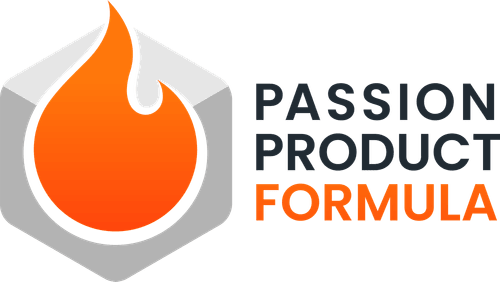
Unlike traditional e-commerce models, the Passion Product Formula emphasizes creativity and storytelling. By creating a product you’re passionate about, you can differentiate yourself in a competitive market. This formula combines product innovation, marketing expertise, and Amazon’s built-in infrastructure to help sellers achieve long-term success.
Lessons Learned: How to Achieve Long-Term Success
Building an Amazon business isn’t a get-rich-quick scheme—it’s a long-term commitment. By staying patient and continuously optimizing my strategies, I was able to turn a loss into a profit. Today, my business continues to grow, and I’m confident that with the right mindset and tools, anyone can do the same.
Success on Amazon requires consistency in every aspect of the business—from sourcing quality products to engaging with customers. Keep learning from your mistakes, and don’t be afraid to pivot when necessary. With time, your efforts will compound, leading to sustainable growth.
Consistency doesn’t mean sticking to the same plan without adjustments. Instead, it’s about having a clear vision and being flexible enough to adapt to market trends and data. By revisiting your strategies regularly and making data-driven improvements, you ensure your business evolves alongside your goals. Remember, even small improvements can create a significant impact over time.
Also, networking with other sellers and participating in online communities can expose you to new strategies and tools that can accelerate your growth. Never underestimate the power of continuous learning. By sharing experiences and learning from others, you can avoid common pitfalls and stay ahead of your competitors.
If you’re just starting out, take inspiration from this journey and understand that success is achievable with persistence and the right guidance. There will be ups and downs, but as long as you stay committed and learn from your setbacks, your business can thrive.
FAQs
- How much money do you need to start an Amazon FBA business?
You can start with as little as $1,000, but having a budget of $5,000 to $10,000 allows for better product development, marketing, and initial inventory. - What is the Passion Product Formula, and how does it help sellers?
The Passion Product Formula focuses on creating unique, high-quality products that tell a story. It combines market research, branding, and Amazon strategies to help sellers stand out. - What are the biggest mistakes new Amazon sellers make?
Common mistakes include skipping market research, neglecting content optimization, and underestimating the importance of PPC advertising. - How long does it take to become profitable with Amazon FBA?
It typically takes 3-6 months to see consistent profits, depending on your product, marketing strategy, and initial investments. - What tools are essential for success in Amazon selling?
Tools like Jungle Scout, Helium 10, and PPC optimization services like Jungle Click are invaluable for market research, inventory management, and advertising success.


